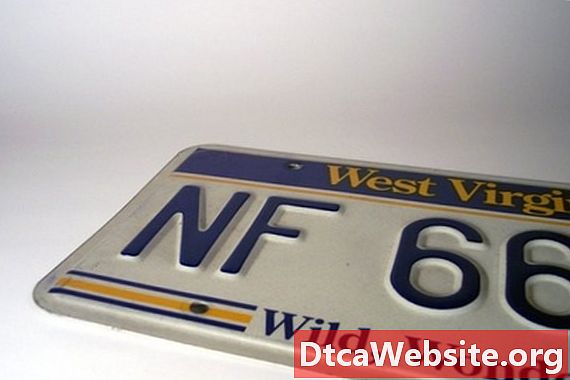
Contenu

Oxidation involves pollution and minerals that build up on the surface of a vehicles paint over a long period of time. Washing and waxing prevent oxidation, but if these tasks are not preformed regularly, the paint finish becomes dull. While many people believe they need a new paint job, the truth is that removing the oxidation will restore most of the shine to the car. Removing the oxidation from a car hood takes effort but is not difficult.
Step 1
Purchase a car polish designed to be applied by hand. Make sure the product packaging specifies that it is "clear coat safe," which means it will not scratch the top coat. These products are available in liquid and paste forms.
Step 2
Apply 1 tsp. of car polish to a dry microfiber sponge if you are using a liquid polish. If youre using a paste polish, you may need to dampen the sponge with water first, depending on the polish.
Step 3
Apply the polish to the top of the car hood, moving the sponge in a circular motion. Use light pressure to remove the oxidation. Continue rubbing until the polish disappears into the finish.
Apply additional polish to the sponge and rub it onto another section of the car hood. Continue applying polish and rubbing until the entire car hood is free of oxidation and the shine is restored.
Tips
- If the car polish does not remove all of the oxidation, you can use a more abrasive product, such as a polishing compound. These products can damage the paint if theyre applied incorrectly, so follow the instructions carefully.
- Waxing the car after removing oxidation will help prevent new oxidation.
Items you will need
- Car polish
- Microfiber sponge
- Water
- Polishing compound
- Car wax


